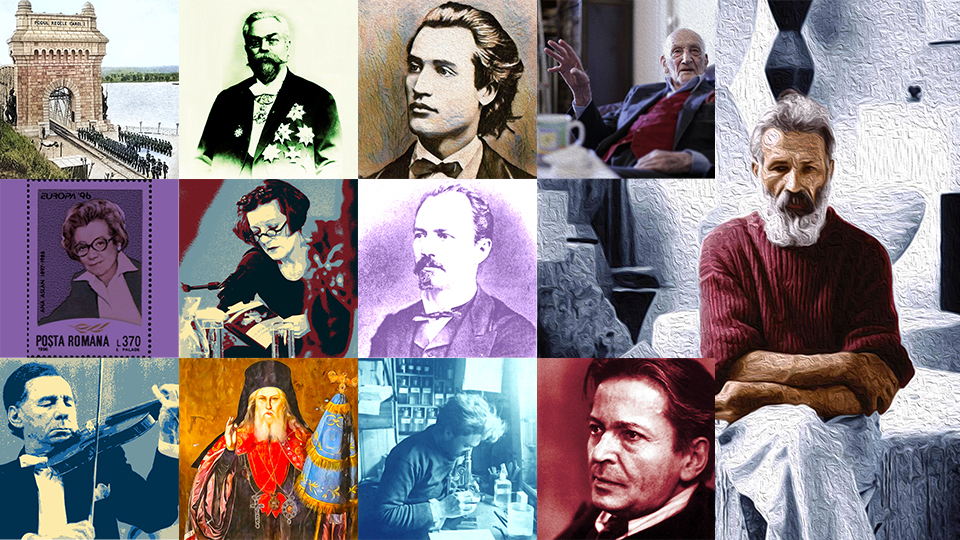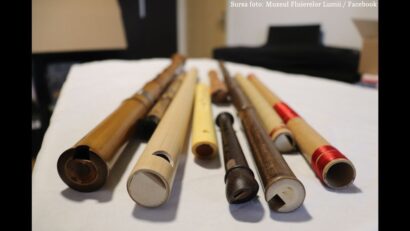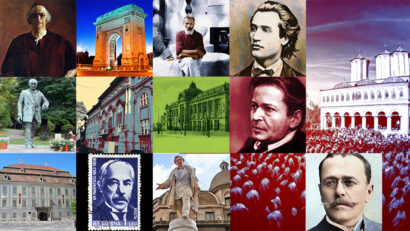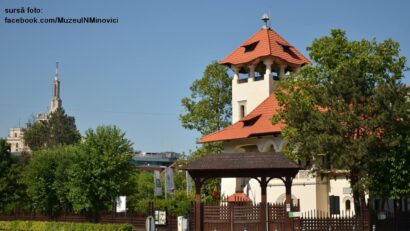The recent history of Romanian wine
A brief overview of official policies on wine-making after WWII

Steliu Lambru, 03.02.2024, 14:00
Wine
enjoys a long tradition in Romanian space, with viticulture being attested as
an activity of the ancient Dacians. The Greek historian Strabo, who lived over
the 1st century BC and 1st century AD, writes that the
Dacian king Burebista had ordered vineyards to be burned in order to discourage
wine consumption. Beyond Strabo’s frivolous remark, historical sources
frequently mentions the presence of wine-making in the area north of the Danube
river.
The
history of wine over 1945-1989 was marked by centralized economic measures
affecting the production and trading of wine. Marian Timofti is the president
of the Organization of Sommeliers from Romania. He told us more about the
guiding principles of wine-making.
Wines
produced in Romania back then were meant to cover export-related debt, in the
sense that harvests had large volumes. The larger the quantity of grapes, the
lower the quality of wine. As the minerals the vine draws from the ground are
divided to a larger or smaller number of grapes, the larger or smaller their
presence. Therefore, the body of the wine, its flavor, its scent, the anthocyanins,
which also affect the pigments, will have a lower presence. But this was the
practice back then, as 80-90% of the wine was export-bound. The wine sold would
cover large quantities of Romania’s debt. The number one importer was the
Soviet Union, which wanted wines with residual sugar – semi-dry or semi-sweet
wines, because the cold in the USSR demanded a high energy consumption rate in
individuals. Secondly, the alcohol of wines was not supposed to exceed 12.5%,
and we would laugh back then that it didn’t have to compete with the vodka.
Romania’s viticulture was doomed by Nicolae Ceaușescu. We’re talking about quality viticulture,
because heads of farms and vineyards were paid depending on the production per
hectare. Whether it was wheat, corn, grapes or other harvests, they were paid
depending on volume. Both the reports and harvests had to be high.
Nevertheless,
Romania used to have quality wines that few people had access to. These were
exceptional wines that took part in international competitions.
Romania
was known worldwide as a maker of quality wines in limited edition, made from
selected parcels. These were selected from every vineyard before the
wine-making process, which we would call the small barrel. The wine itself
was reserved for special social categories. They were sent to international
contests, which Romania won quite often. In terms of imports, Westerners
refrained from importing from Romania, since the wines available were made from
large volumes, they were not medal-winning wines.
One
of the fabrications of Romanian oenology back then was the so-called Ceaușescu’s wine. An avid wine lover, the
communist leader got sick with diabetes in his final years. One vineyard in Huși, eastern Romania, came up with a solution to allow the
dictator to relish a glass of wine.
Everyone
knew what was Nicolae Ceaușescu’s
favorite wine, zghihara de Huși, a grape
varietal that amassed very little residual sugar and a higher acidity rate.
Hence the wine was ideal as an appetizer, since that acidity stimulated the
gastric acid that helped the digestion process. This type of wine made Ceaușescu adopt him, under the council of his doctors, who
told him this wine had a low sugar concentration and wouldn’t
hurt his diabetes. Thus hundreds of bottles would be sent to the Central
Committee and it was hence known as Ceaușescu’s wine. Elena Ceaușescu, on the other hand, would also drink Cabernet
Sauvignion, she particularly enjoyed wines from Dealul Bujorului. The wine had
to be semi-dry, with residual sugar that left a sweet taste at the end. Funds
were invested to plant 40 hectares of zghihară in Huși. The original vineyard had a smaller surface, so the money from the
Central Committee helped popularize this particular varietal and increase its
production. In every cocktail party Ceaușescu organized, he would serve his
wine and, whether they liked it or not, people would smile and always praise
its merits because it was the polite thing to do.
The
history of Romanian wine after World War II also includes a number of social
elements that affected the production of this elixir of life. And its history
is bound to extend many years in the future as well. (VP)





























